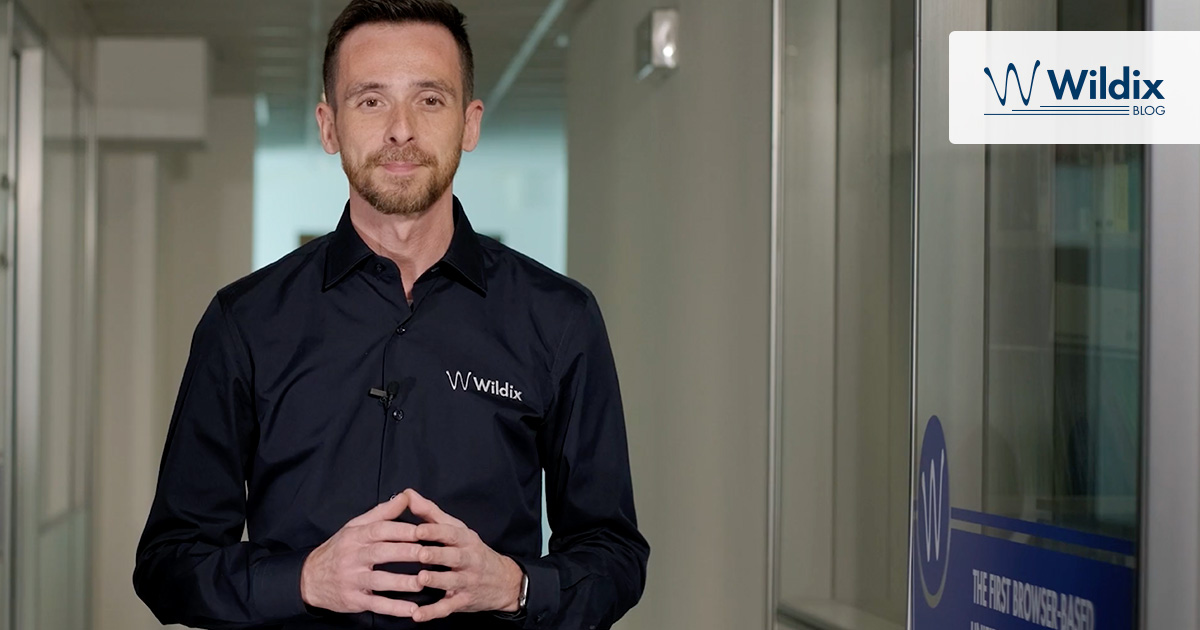
The unified communications industry comprises mainly vendors and solutions dealing with communications over digital channels. Although the industry does develop hardware, it primarily entails software for digital chat, voice over internet protocol (VoIP), video conferencing and similar real-time communications over the internet.
Continue reading “Unified Communications & Collaboration Market Trends in 2022”



